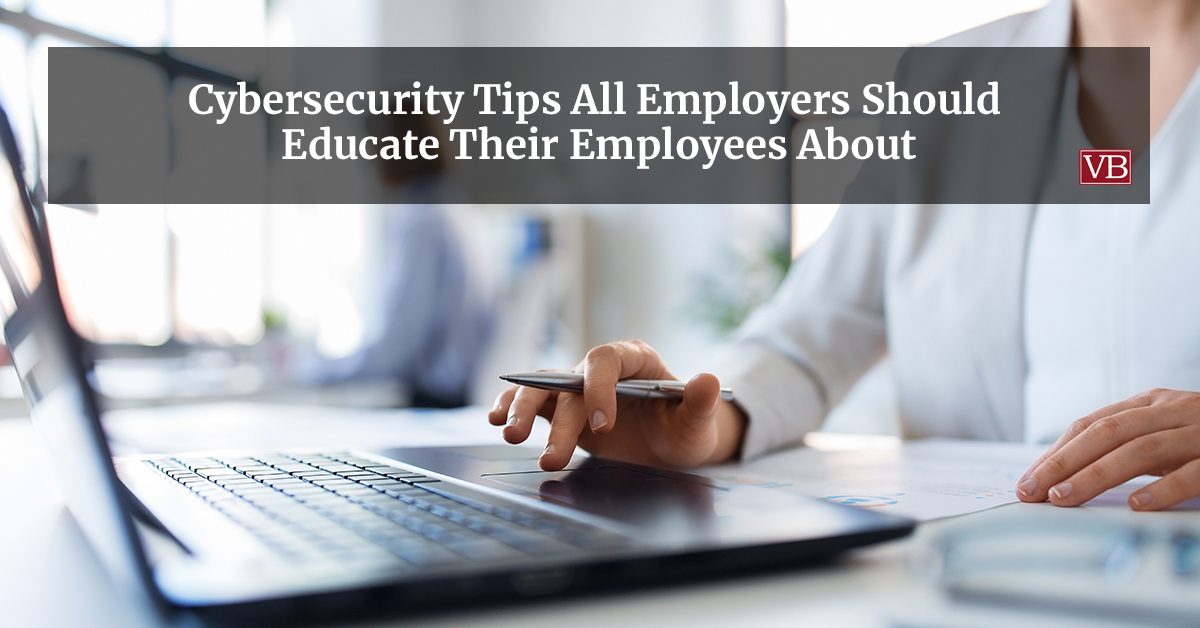
Cybersecurity needs to be a priority at every company. Along with robust security-oriented technologies, ensuring your employees are doing their part to keep data, systems, and assets secure is essential.
If you want to make sure that your team is ready to do their part, here are four cybersecurity tips that can help employers educate their employees in the right areas.
1. Password Standards
Many people view strong passwords or stringent password requirements as inconvenient. However, passwords act as the first line of defense against potential attacks, making it harder for cybercriminals to gain access to systems.
Make sure your employees know how to create strong passwords. Recommend they avoid using information that is easily accessible on social media, such as birth dates, pet names, or hobbies. Additionally, if they are worried about remembering their passwords, have an approved password manager you can recommend, giving them a way to store highly complex passwords safely.
2. Multifactor Authentication
Multifactor authentication requires a minimum of two points of identity confirmation before access is granted to a system or area. While it’s another security feature that’s often viewed as an inconvenience by employees, it is incredibly effective, making it a wise addition to your standard procedure.
Spend time educating your employees on why multifactor authentication is necessary. That way, they’ll abide by the practice.
3. Phishing Scams
When it comes to cyber threats, phishing scams are usually the ones that employees encounter most often. By teaching your employees to recognize nefarious attempts to gain access to their information or credentials, you can reduce the likelihood that they’ll engage with an attacker.
Some of the most common ways to spot phishing attempts include suspicious links, questionable attachments, grammar errors, spelling mistakes, odd email addresses, and displayed names not aligning with email addresses.
A sense of urgency is also commonly found in phishing attempts, as well as open requests for sensitive information. Generic greetings – like “Customer” or “Manager” – can also be a red flag.
If an employee is worried that an email may be a phishing attempt masquerading as a message from a legitimate sender they know, then they should attempt to validate the message. By contacting the sender using a separate platform, such as a known email address or phone number, they can see if the message is legit before taking any other action.
4. Applying Updates
While software and system updates can be cumbersome and time-consuming, they are critical. Many updates plug security holes, making the system more secure. By applying them regularly, employees can reduce their risk of getting a virus or allowing attackers access through a known vulnerability.
If your IT team can automate updates, then this may not be a concern as they can be scheduled by your tech specialists. However, if your employees are the ones applying the updates, make sure they understand why they are crucial, increasing the odds they’ll handle them properly.
Ultimately, all of the cybersecurity tips above can help ensure that your workforce does their part to secure critical systems and data. If you’d like to learn more, the staff at VB can help. Contact us today.

